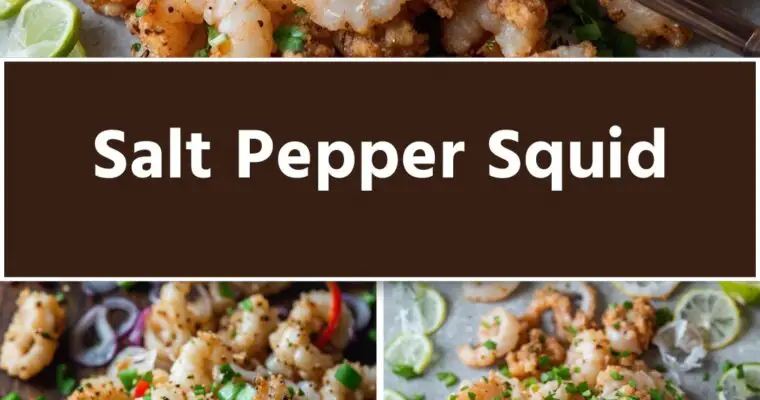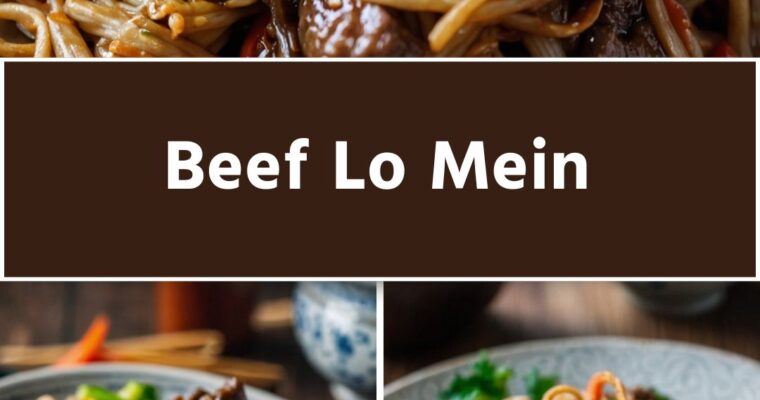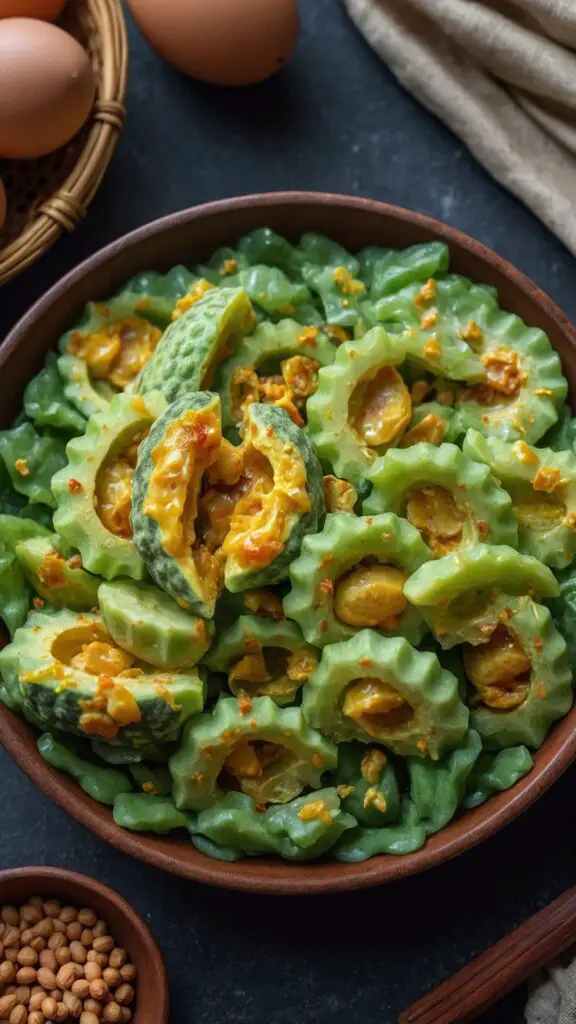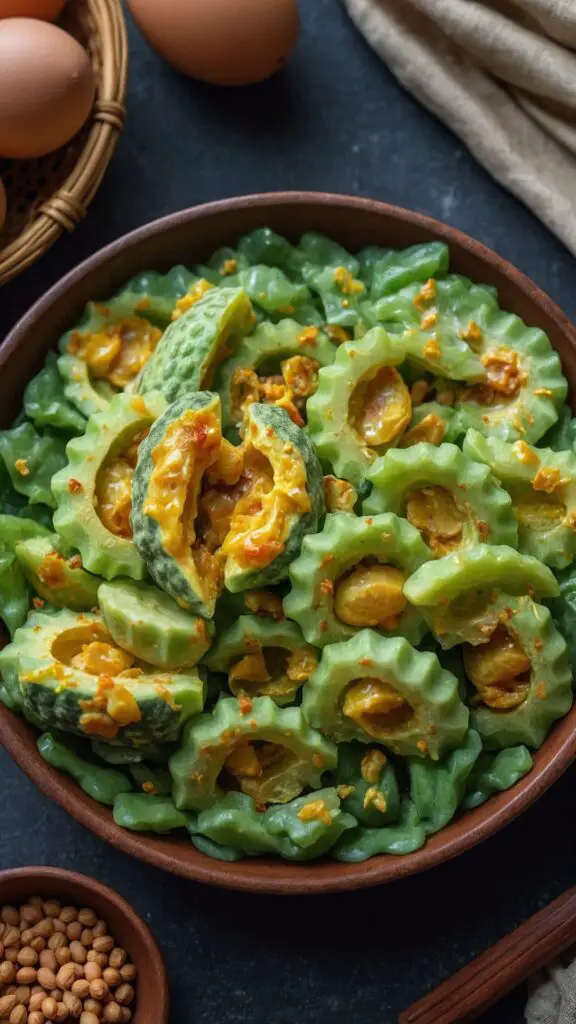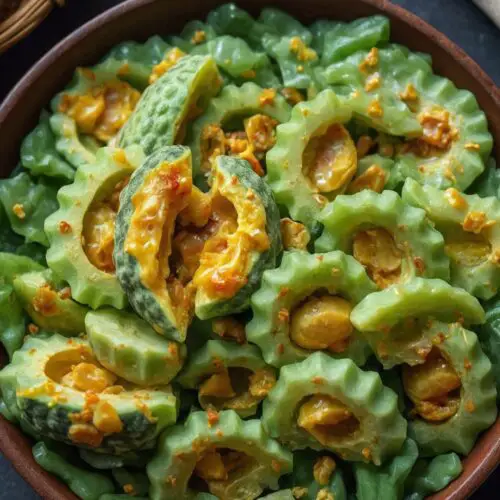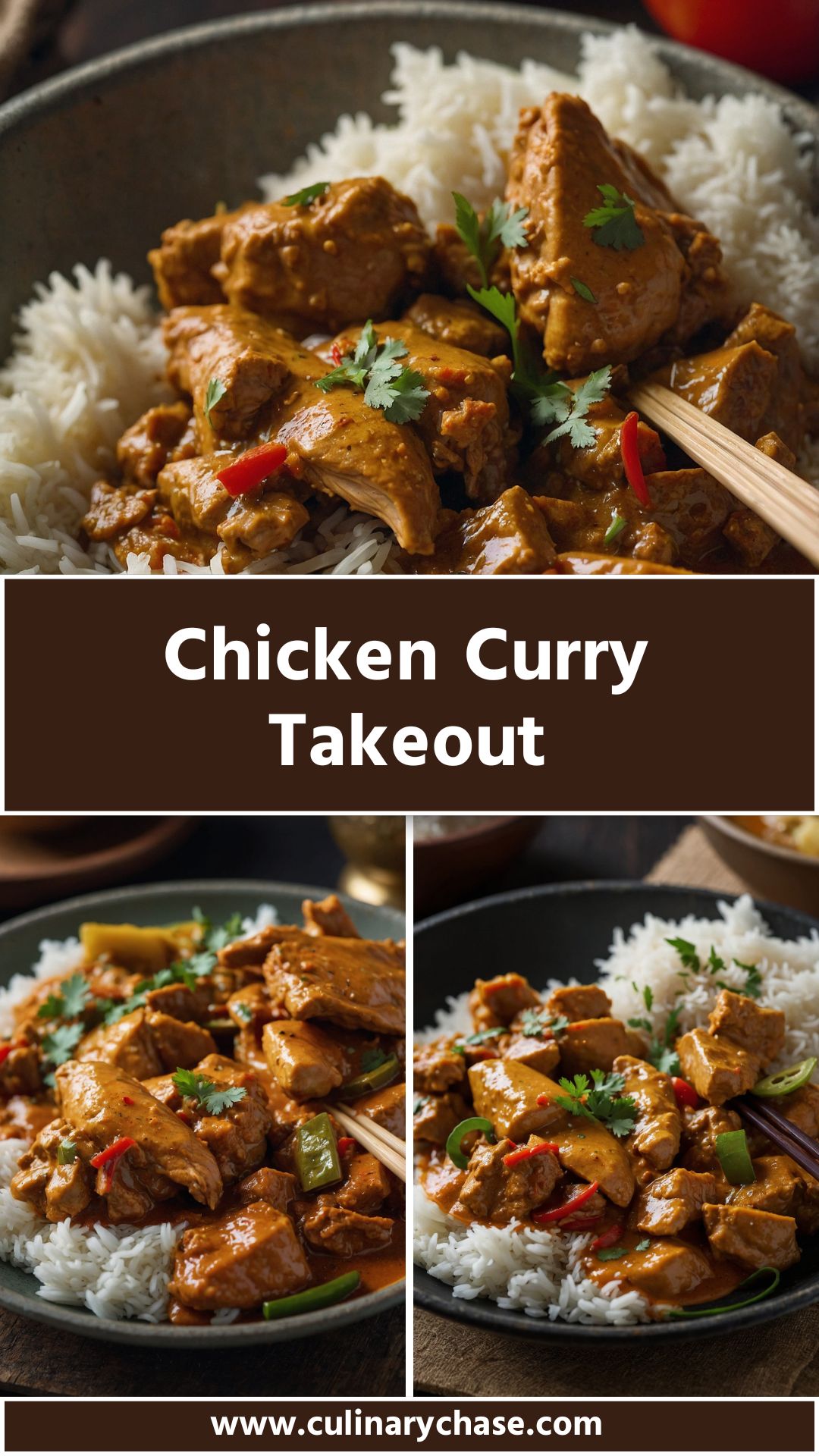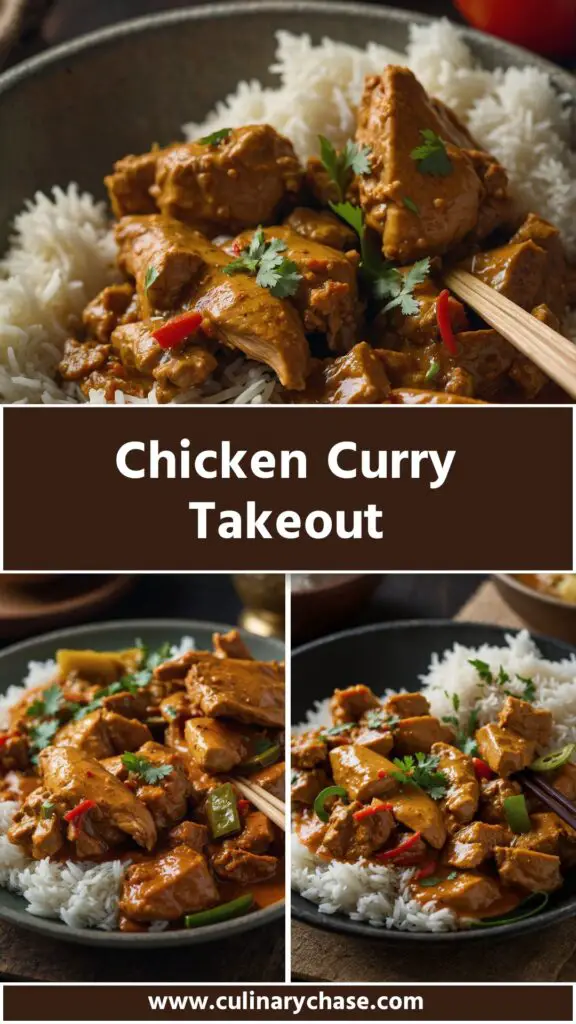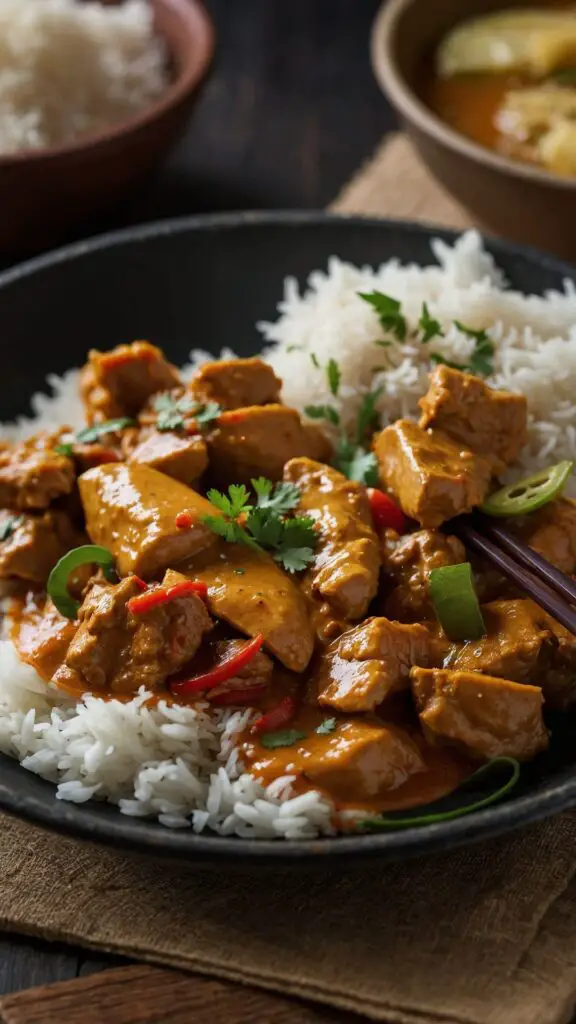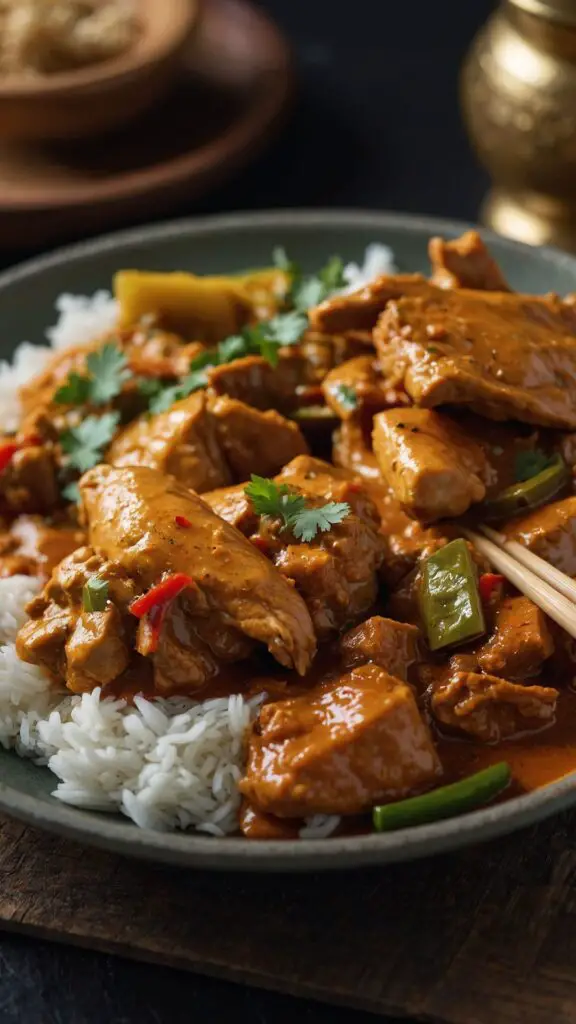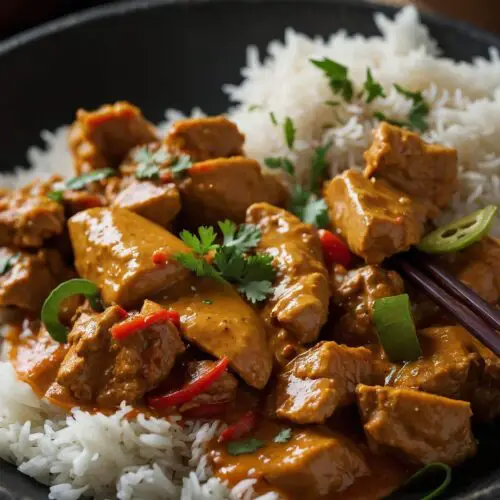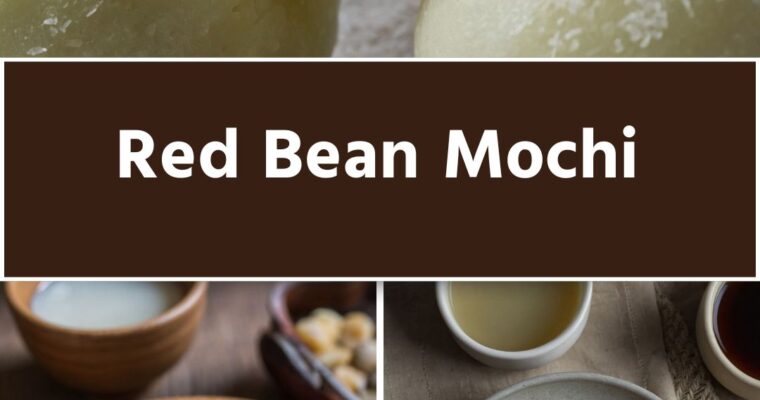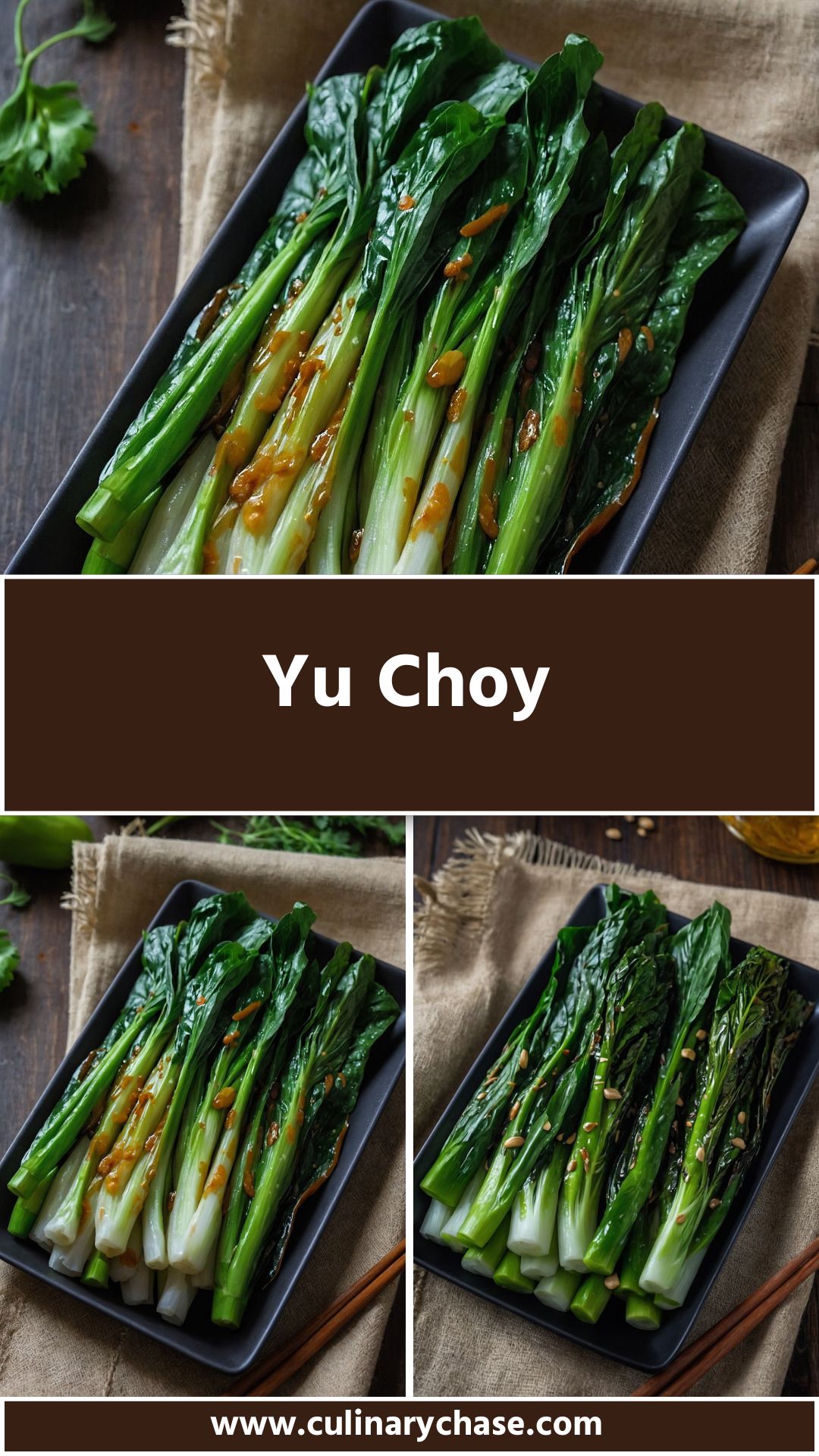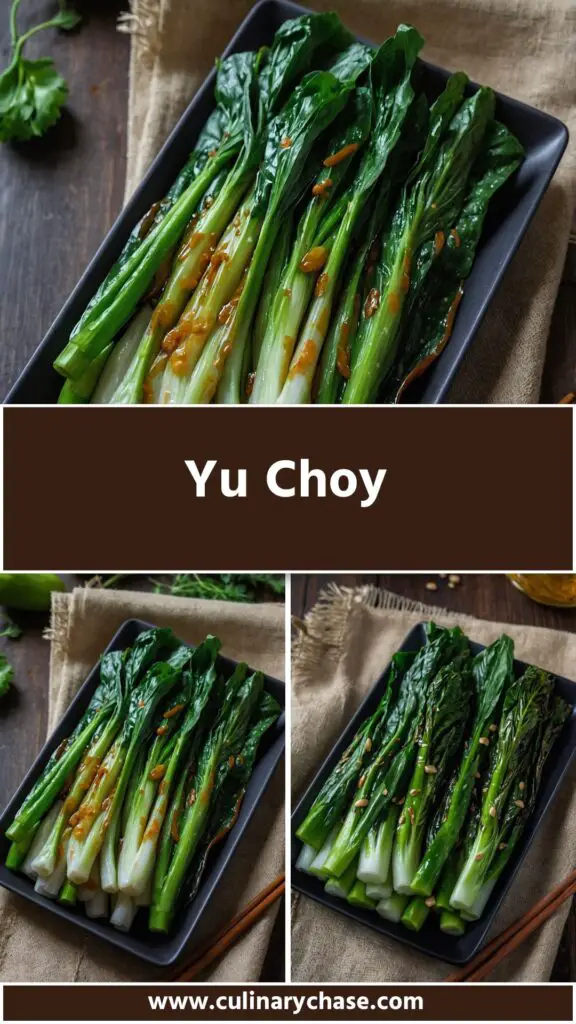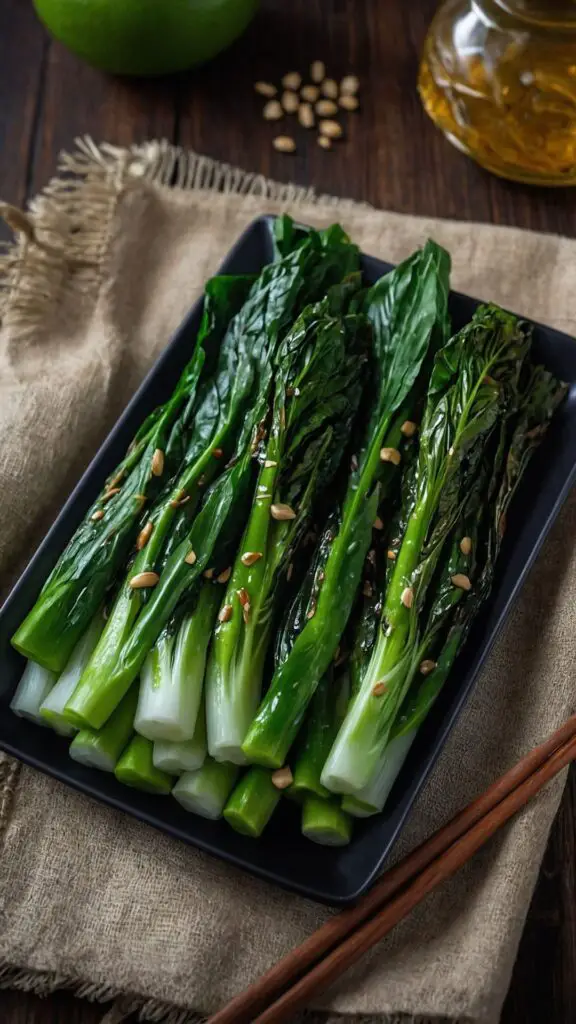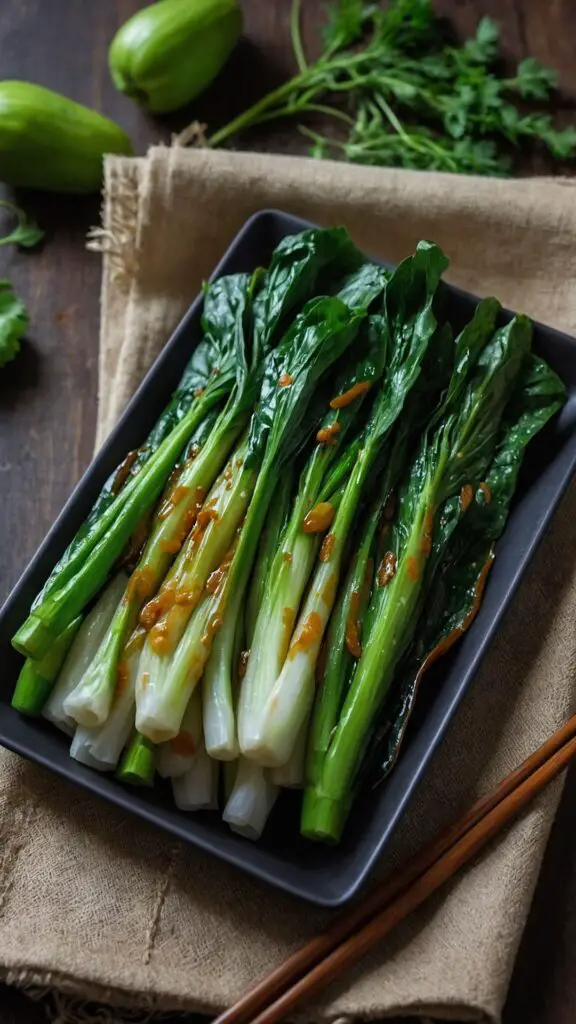When I first encountered bitter melon, I was hesitant. Its name alone gave me pause. But as I delved into the world of cooking, I discovered how this uniquely bitter vegetable could shine when paired with eggs. Today, I want to take you through a flavorful exploration of bitter melon with eggs, a dish that is rich in nutrients and packed with taste. Trust me, you’ll want to join me in the kitchen for this one!
What is Bitter Melon with Eggs?
Bitter melon, also known as bitter gourd, is a green, wrinkly vegetable that has been used in Asian cuisines for centuries. Its distinct bitterness can be challenging for some, but when sautéed perfectly with eggs, it transforms. The bitterness mellows, offering a complex flavor profile that’s absolutely delightful.
Bitter melon with eggs is a dish that combines the health benefits of this intriguing vegetable with the rich, creamy texture of eggs. It’s a comforting dish that you can serve for breakfast or as a side. As someone who loves experimenting, I was intrigued by the combination of bitter and savory flavors.
Why You’ll Love Bitter Melon with Eggs
You might wonder why you should even consider making this dish. Let me give you a few compelling reasons:
1. Health Benefits: Bitter melon is known for its health benefits. It’s rich in vitamins A and C, and it’s believed to help regulate blood sugar levels. Added to that, eggs are a great source of protein.
2. Versatile: It’s perfect for breakfast, lunch, or dinner! You can serve it alongside rice or as a topping for toast.
3. Quick and Simple: The preparation is straightforward, making it an ideal weeknight dinner or a leisurely Sunday brunch dish.
4. Satisfying Flavor: The bitter taste is perfectly balanced by the eggs, creating a dish that’s both interesting and comforting to eat.
5. Culinary Adventure: If you’re someone looking to break away from the mundane, this dish is a wonderful way to introduce new flavors to your palate.
You will also like the following Side dishes recipes!
The Ingredients
Creating this dish is all about selecting the right ingredients. Here’s what you will need:
- 6 large eggs: The stars of the dish.
- 2 medium bitter melons, sliced and seeds removed: The main vegetable here.
- 2 tbsp light soy sauce: Essential for seasoning.
- 2 tbsp oyster sauce (or vegetarian oyster sauce): For added umami.
- 1 tbsp vegan fish sauce (optional): Creates depth in flavor.
- 2 tsp vegetable stock powder: Enhances the taste.
- 4 tbsp cooking oil: You’ll need it for frying.
- 1 tsp minced garlic: A touch of aromatic goodness.
- 1 1/2 tsp honey (or to taste): To balance the bitterness.
- 1/4 tsp white pepper powder: For subtle heat.
I assure you, this combination creates an extraordinary dish that showcases the beauty of bitter melon.
Step by Step Instructions
Step 1: Prepare Ingredients
Begin by washing your bitter melons thoroughly. Slice them in half lengthwise and remove the seeds with a spoon. Cut them into thin slices. Don’t worry if the slices are irregular—this isn’t about perfection. Set them aside.
Step 2: Whisk the Eggs
In a bowl, crack the six eggs and whisk them together until well combined. Add the vegan fish sauce, one teaspoon of vegetable stock powder, and a pinch of white pepper. This step flavors the eggs, ensuring that every bite is delicious.
Step 3: Sauté the Bitter Melon
Heat two tablespoons of cooking oil in a large skillet over medium heat. Once the oil shimmers, add the sliced bitter melon. Toss it gently with a spatula for about five minutes. Cook until it begins to soften but still retains some crunch. At this point, throw in the minced garlic and sauté for an additional minute. The aroma will be enticing!
Step 4: Season the Bitter Melon
While the bitter melon is cooking, add two tablespoons of light soy sauce, two tablespoons of oyster sauce, and one teaspoon of vegetable stock powder directly into the skillet. Stir everything well to ensure the flavors meld together.
Step 5: Add Honey
Now, add the honey. This ingredient is crucial as it helps balance the bitterness of the melon. Stir well, and taste! Adjust with more honey if necessary. You might find that a little touch makes a difference.
Step 6: Pour in the Eggs
Once the bitter melon is adequately seasoned and tender, push the mixture to one side of the skillet. Pour the whisked egg mixture on the other side. Allow the eggs to set for a moment without stirring. Then, gently fold the set eggs into the bitter melon mixture, letting the eggs cook through and mix with the flavorful sauté.
Step 7: Cook Until Done
Cook everything together for about three to four minutes until the eggs are fully cooked. Be careful not to overcook—nobody wants rubbery eggs! Remove the skillet from heat, and your dish is ready to be plated.
Step 8: Serve and Enjoy
Serve the bitter melon with eggs hot! I love to enjoy it with a bowl of rice or as a filling in a wrap. It’s genuinely a dish that feels good on the palate and nourishes the body.
Tips & Tricks
To ensure your dish shines, here are some handy tips:
1. Choose Ripe Bitter Melons: Look for melons that are bright green. Avoid overripe yellower ones as they can be overly bitter.
2. Pre-soak the Bitter Melon: If the bitterness is concerning, soak the slices in salt water for 30 minutes to help reduce the bitterness.
3. Use Fresh Eggs: Fresh eggs lead to better texture and taste. Always opt for quality!
4. Experiment With Spices: Feel free to play around with spices like turmeric or chili flakes for an extra kick.
5. Pair It Right: This dish works wonders with a side of jasmine rice and a simple vegetable stir-fry.
Nutrition Information
This dish is not just delicious, it’s healthy too! Let’s break it down:
- Calories: Approximately 350 per serving
- Protein: 20g
- Carbohydrates: 10g
- Fats: 25g
- Fiber: 3g
- Vitamin A: High
- Vitamin C: High
Not too shabby for a satisfying meal, right? With all that nutrition wrapped up in one dish, you can’t go wrong.
Can I Store Bitter Melon with Eggs?
Yes, you can store this dish! If you have leftovers (which is rare in my case), let it cool to room temperature, and transfer it to an airtight container. It can be kept in the refrigerator for up to three days. Reheat gently in a skillet or microwave before serving.
What Can I Serve with Bitter Melon with Eggs?
This versatile dish can pair well with various sides. Here are some ideas:
1. Steamed Rice: The simple choice that complements the bitterness perfectly.
2. Tofu Stir-Fry: Add some extra protein and variety to your meal.
3. Fresh Salad: A light salad can counter the rich flavors of the dish.
4. Dipping Sauce: A side of soy or chili sauce could elevate your culinary adventure.
5. Noodles: Tossed with some soy sauce, it’s an excellent side to balance flavors.
Variations
This dish can be modified in several ways to cater to different tastes. Here are five variations:
1. Bitter Melon and Shrimp: Add some shrimp to the sauté for added protein and a delightful complementary flavor. Just sauté the shrimp until pink before adding the bitter melon.
2. Vegetarian Style: Substitute eggs with a tofu scramble for a vegan-friendly version. Use the same seasonings and allow the tofu to soak up those beautiful flavors.
3. Spicy Bitterness: If you enjoy a kick, add some sliced chili peppers during the sauté process. It amps up the heat and creates an exciting contrast.
4. Cheesy Delight: For cheese lovers, sprinkle some grated cheese on top just before serving. The melting cheese adds a creamy texture that’s hard to resist.
5. Curry Infusion: Incorporate curry powder into the eggs for a unique flavor twist. This will turn your dish into a savory adventure!
Bitter Melon with Eggs
When I first encountered bitter melon, I was hesitant. Its name alone gave me pause. But as I delved into the world of cooking, I discovered how this uniquely bitter vegetable could shine when paired with eggs.
Prep Time 15 minutes mins
Cook Time 15 minutes mins
Total Time 30 minutes mins
Course Side Dish
Cuisine American
Servings 6
Calories 350 kcal
- 6 large eggs: The stars of the dish.
- 2 medium bitter melons sliced and seeds removed: The main vegetable here.
- 2 tbsp light soy sauce: Essential for seasoning.
- 2 tbsp oyster sauce or vegetarian oyster sauce: For added umami.
- 1 tbsp vegan fish sauce optional: Creates depth in flavor.
- 2 tsp vegetable stock powder: Enhances the taste.
- 4 tbsp cooking oil: You’ll need it for frying.
- 1 tsp minced garlic: A touch of aromatic goodness.
- 1 1/2 tsp honey or to taste: To balance the bitterness.
- 1/4 tsp white pepper powder: For subtle heat.
Step 1: Prepare Ingredients
Step 2: Whisk the Eggs
In a bowl, crack the six eggs and whisk them together until well combined. Add the vegan fish sauce, one teaspoon of vegetable stock powder, and a pinch of white pepper. This step flavors the eggs, ensuring that every bite is delicious.
Step 3: Sauté the Bitter Melon
Heat two tablespoons of cooking oil in a large skillet over medium heat. Once the oil shimmers, add the sliced bitter melon. Toss it gently with a spatula for about five minutes. Cook until it begins to soften but still retains some crunch. At this point, throw in the minced garlic and sauté for an additional minute. The aroma will be enticing!
Step 4: Season the Bitter Melon
While the bitter melon is cooking, add two tablespoons of light soy sauce, two tablespoons of oyster sauce, and one teaspoon of vegetable stock powder directly into the skillet. Stir everything well to ensure the flavors meld together.
Step 5: Add Honey
Now, add the honey. This ingredient is crucial as it helps balance the bitterness of the melon. Stir well, and taste! Adjust with more honey if necessary. You might find that a little touch makes a difference.
Step 6: Pour in the Eggs
Once the bitter melon is adequately seasoned and tender, push the mixture to one side of the skillet. Pour the whisked egg mixture on the other side. Allow the eggs to set for a moment without stirring. Then, gently fold the set eggs into the bitter melon mixture, letting the eggs cook through and mix with the flavorful sauté.
- Choose Ripe Bitter Melons: Look for melons that are bright green. Avoid overripe yellower ones as they can be overly bitter.
2. Pre-soak the Bitter Melon: If the bitterness is concerning, soak the slices in salt water for 30 minutes to help reduce the bitterness.
3. Use Fresh Eggs: Fresh eggs lead to better texture and taste. Always opt for quality!
4. Experiment With Spices: Feel free to play around with spices like turmeric or chili flakes for an extra kick.
5. Pair It Right: This dish works wonders with a side of jasmine rice and a simple vegetable stir-fry.
Calories: 350kcalCarbohydrates: 10gProtein: 20gFat: 25gFiber: 5g
Keyword Bitter Melon with Eggs
Frequently Asked Questions
1. Can I use frozen bitter melon?
Yes, you can! However, fresh is always better for texture and flavor. If using frozen, be sure to thaw and drain excess moisture.
2. How do I know if the bitter melon is too ripe?
Ripe bitter melons will have a yellow tint with a soft texture. Ideally, look for firm, dark green ones.
3. Can children eat bitter melon?
Yes, children can eat bitter melon, especially when combined with eggs. The bitterness can be adjusted by seasoning it well.
4. Is bitter melon good for weight loss?
Bitter melon is low in calories and high in fiber, making it great for weight management. It may help control hunger pangs.
5. How can I cook bitter melon differently?
Bitter melon can be grilled, stuffed, or added to soups and stir-fries. Its versatility allows for many culinary applications.
Conclusion
Creating a dish using bitter melon and eggs is not just about putting food on your plate. It’s an adventure in flavors, nutrition, and health. By following simple steps, you can master this delightful recipe. Whether you’re looking to impress friends at dinner, feed your family, or explore new culinary horizons, bitter melon with eggs fits the bill.
I invite you to give this dish a try. Embrace the bitterness, enjoy the flavors, and most importantly, savor every bite! You might just find yourself making this dish again and again.
You’ll also like these latest recipes!

